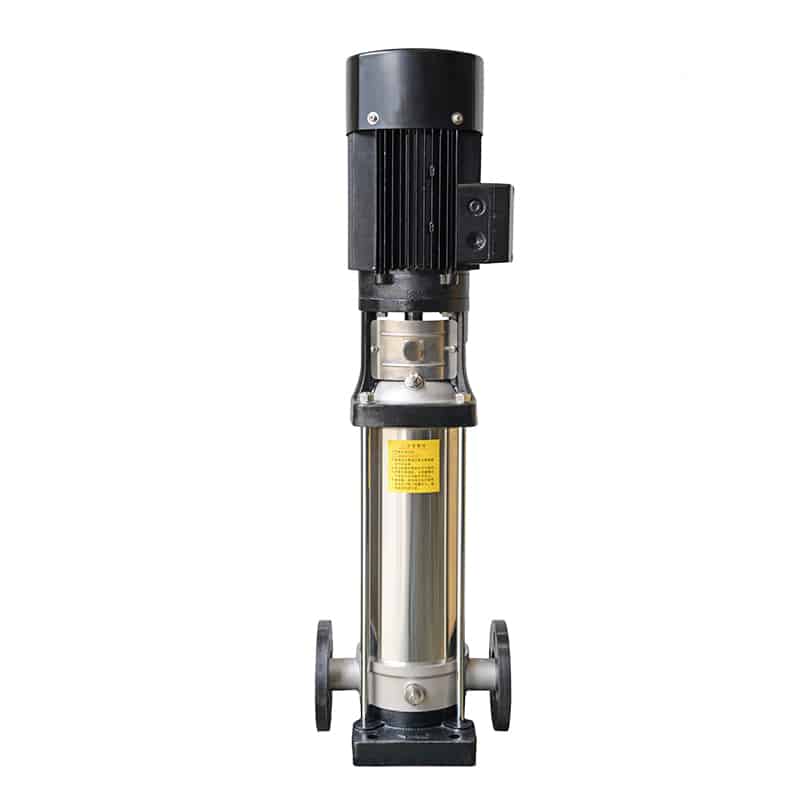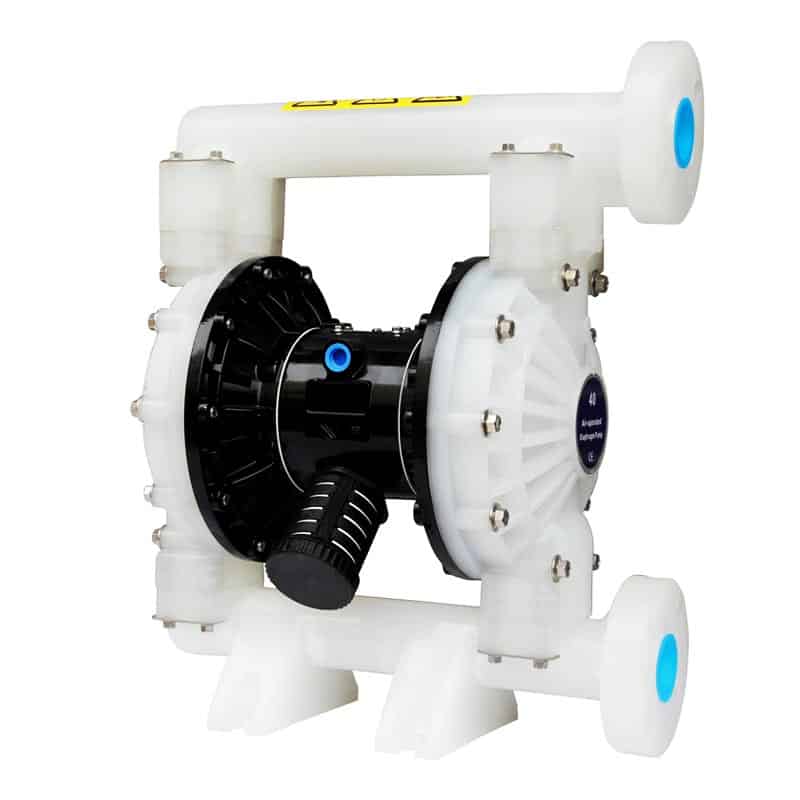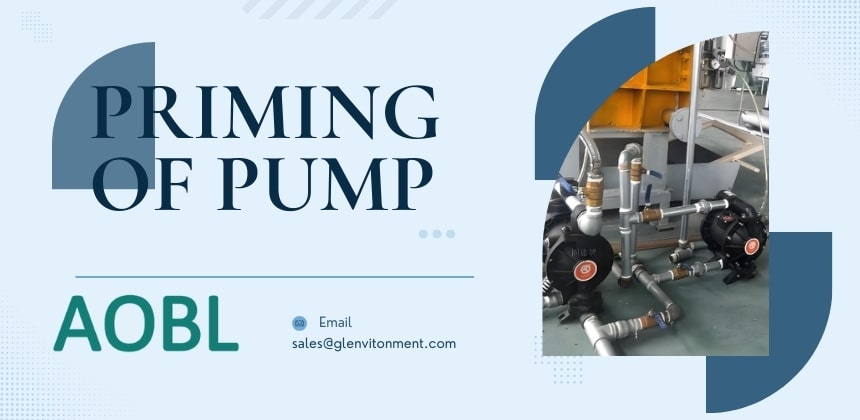Priming of Pump
Pumps are essential in various industries, from agriculture to manufacturing, but they can’t function efficiently without proper priming. Priming a pump is the process of removing air from the pump and suction line to ensure it can move fluids effectively. Without priming, a pump may fail to operate, leading to downtime, damage, or inefficiency. In this blog, we’ll explore what priming is, why it’s crucial, and how to prime a pump correctly.
What is Pump Priming?
“Priming of pump” means providing an initial liquid charge to the pump to start the pump. In many pump systems, especially centrifugal pumps, liquid is required in the pump chamber at startup to create a differential air pressure that allows the pump to draw water and produce an efficient water flow. Without this pre-liquid charge, the pump may not function properly because it is air-empty or does not draw in liquid.
Common Practices Include
- Manually adding liquid to the pump chamber until it is full.
- Using automated equipment to ensure that the pump has enough liquid to do its job when it starts.
Why is Priming Important?
- Prevents cavitation: Air in the pump can cause cavitation, where vapor bubbles form and collapse, damaging the pump’s internal components.
- Ensures efficient operation: A properly primed pump operates at peak efficiency, reducing energy consumption and wear.
- Avoids dry running: Running a pump without liquid can cause overheating and severe damage.
- Maintains flow consistency: Priming ensures a steady flow of fluid, which is critical for processes like irrigation or chemical dosing.
Types of Pumps That Require Priming
Here are the common types of pumps that require priming:
Centrifugal Pumps: These pumps rely on suction to move fluids, and they need to be primed to remove air from the pump casing and suction line. Without priming, they may not create enough suction to draw fluid into the system.
Self-Priming Pumps: These pumps can evacuate air from the suction line and pump casing by themselves, but they still require an initial liquid fill to start the priming process.
Jet Pumps: Often used for applications like well water pumping, jet pumps rely on suction to move the liquid, and they need to be primed to ensure they can generate sufficient suction.
Diaphragm Pumps: While some diaphragm pumps are self-priming, many require initial priming to function correctly, especially in applications involving thick or viscous fluids.


How to Prime a Pump?
Step 1: Turn Off the Pump
Ensure the pump is powered off to avoid accidents during the priming process.
Step 2: Locate the Priming Port
Most pumps have a designated priming port or plug. Refer to the pump’s manual if you’re unsure.
Step 3: Fill the Pump with Liquid
Pour the liquid (usually water or the fluid being pumped) into the priming port until the pump and suction line are completely filled.
Step 4: Remove Air Pockets
Open any air release valves or vents to let trapped air escape. Continue adding liquid until no more air bubbles are visible.
Step 5: Close the Priming Port
Once the pump is fully primed, securely close the priming port and any open valves.
Step 6: Start the Pump
Turn on the pump and monitor it for a few minutes to ensure it’s operating smoothly and without air leaks.
Common Priming Issues and Solutions
Here’s the translation in a blog-style table format:
| Issue | Solution |
|---|---|
| Air Leaks in the Suction Line | Check for cracks or loose fittings in the suction line and repair or replace as necessary. |
| Insufficient Liquid for Priming | Ensure there is enough liquid in the source to fully fill the pump and suction line. |
| Clogged Strainers or Filters | Clean or replace strainers or filters to allow proper fluid flow. |
| Incorrect Pump Selection | If priming issues persist, consider switching to a self-priming pump. |
Table of Common Priming Issues and Solutions
Conclusion
Priming a pump is a simple yet critical step to ensure its efficient and safe operation. By understanding the importance of priming and following the correct steps, you can avoid common issues like cavitation, dry running, and pump failure. Whether you’re working with a centrifugal pump, jet pump, or self-priming pump, proper priming will extend the life of your equipment and keep your processes running smoothly.
At AOBL, we are more than just a pump manufacturer. We are your reliable partner in liquid handling systems. With a wide range of pumps, from air-operated double diaphragm pumps to magnetic drive pumps and progressive cavity pumps, AOBL is constantly striving to optimize design, improve performance and reduce maintenance requirements. Make us your long-term partner in liquid handling and management for a more efficient and environmentally friendly future.

